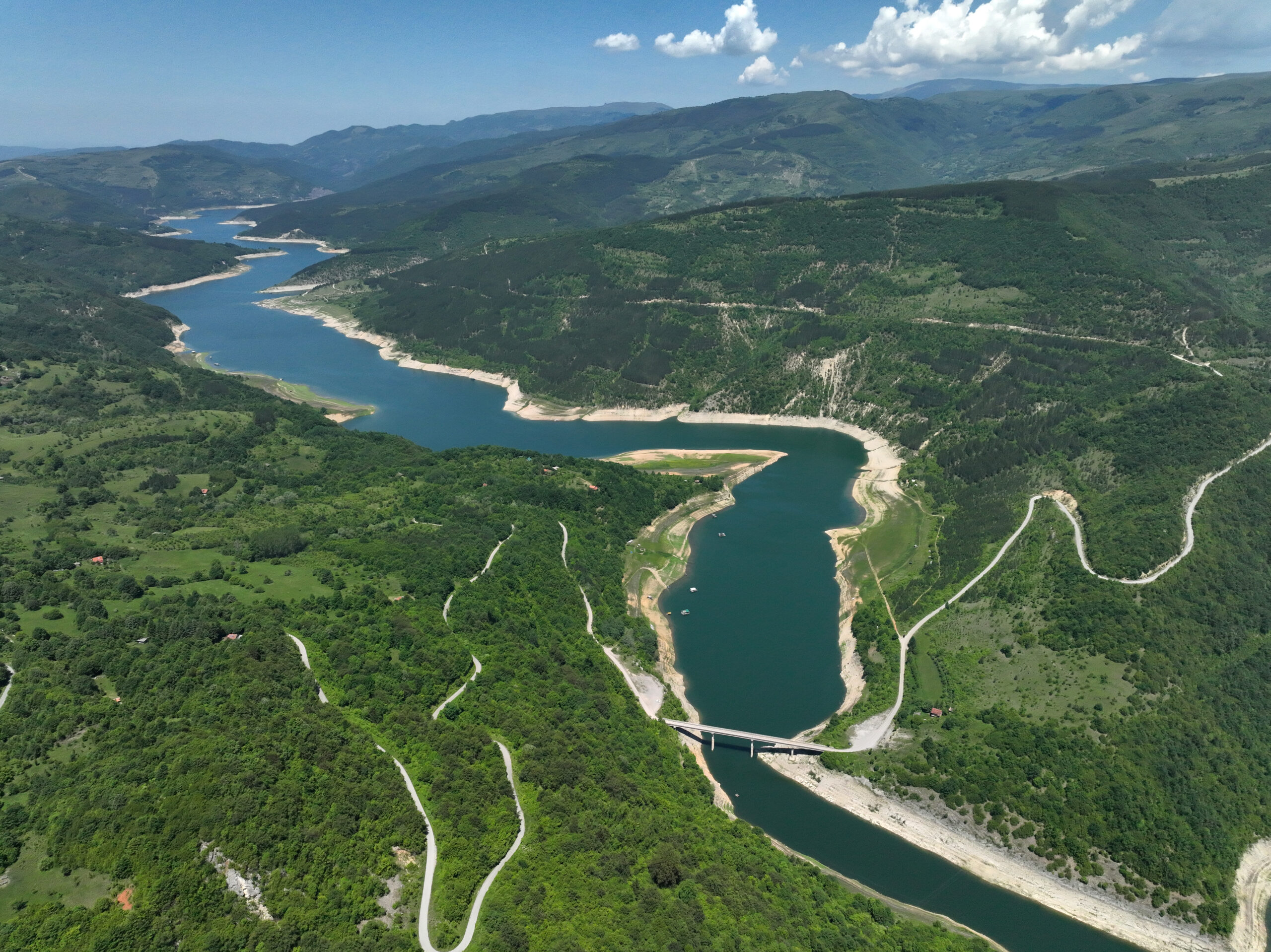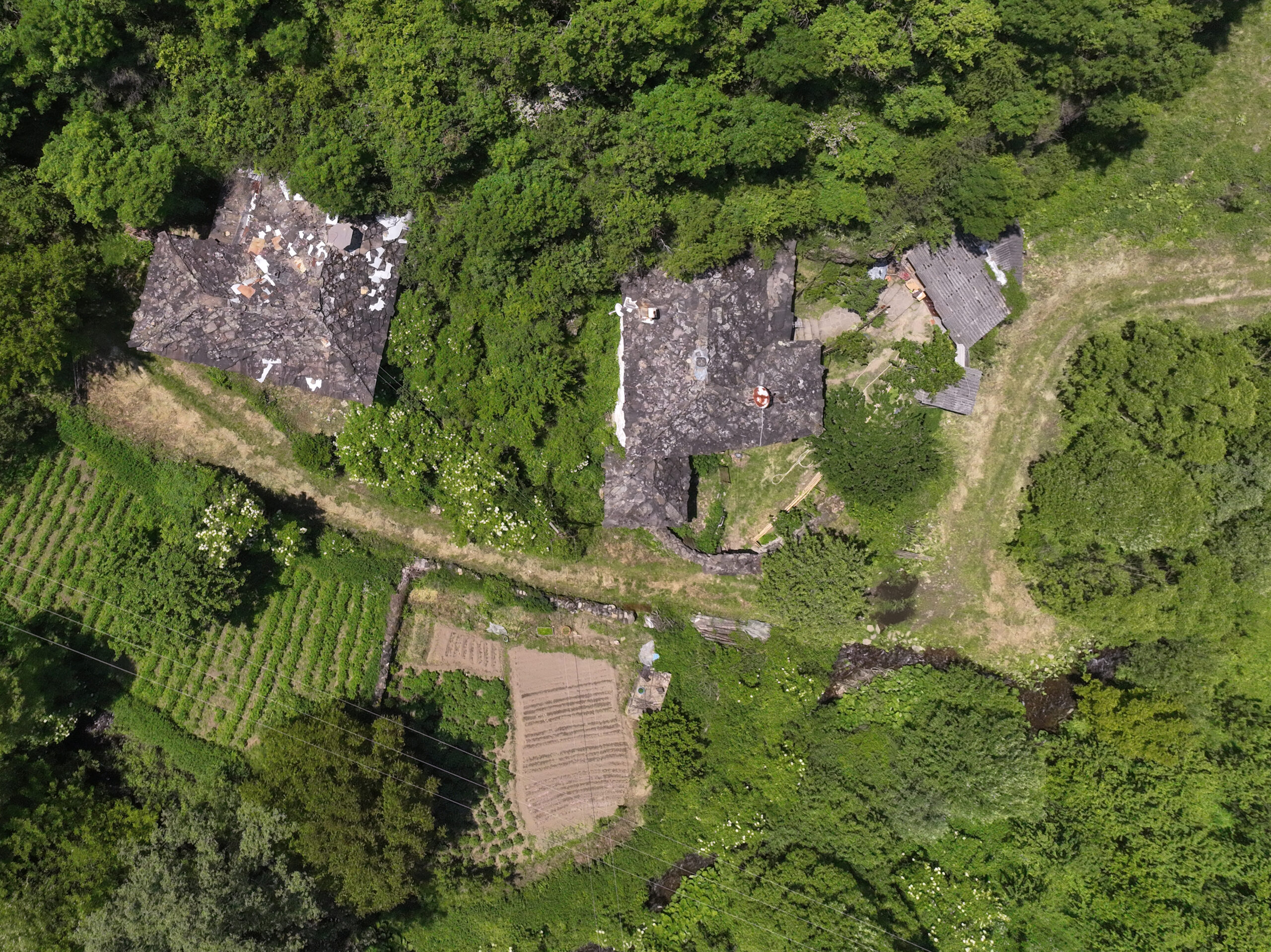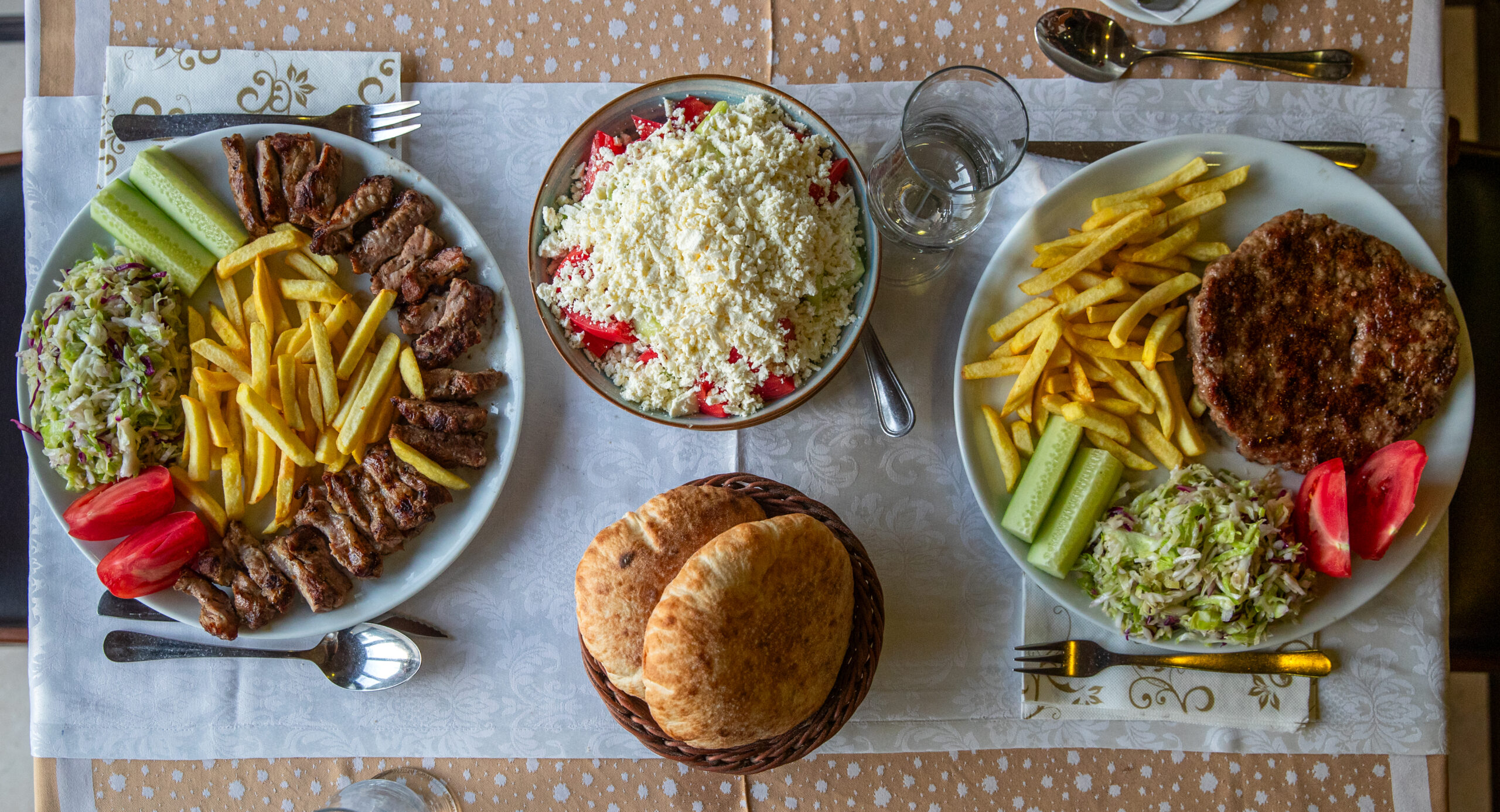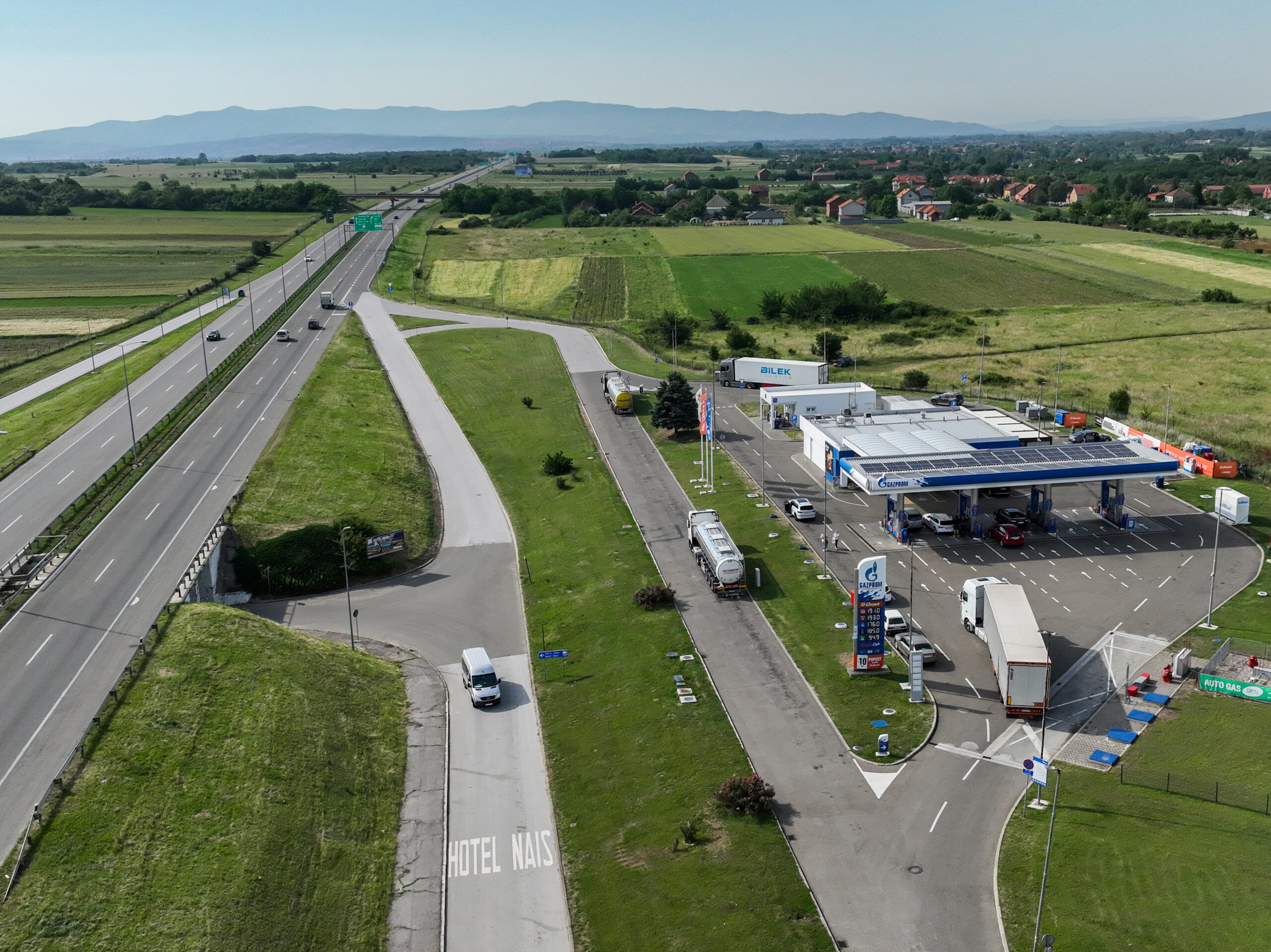The high mountain landscapes of Serbia are usually visited in the winter. But, when the snow melts and nature awakens, they expose all their natural treasures and diversity. They become even more magical and captivating. We are exploring a mountain giant in the far east of our homeland.
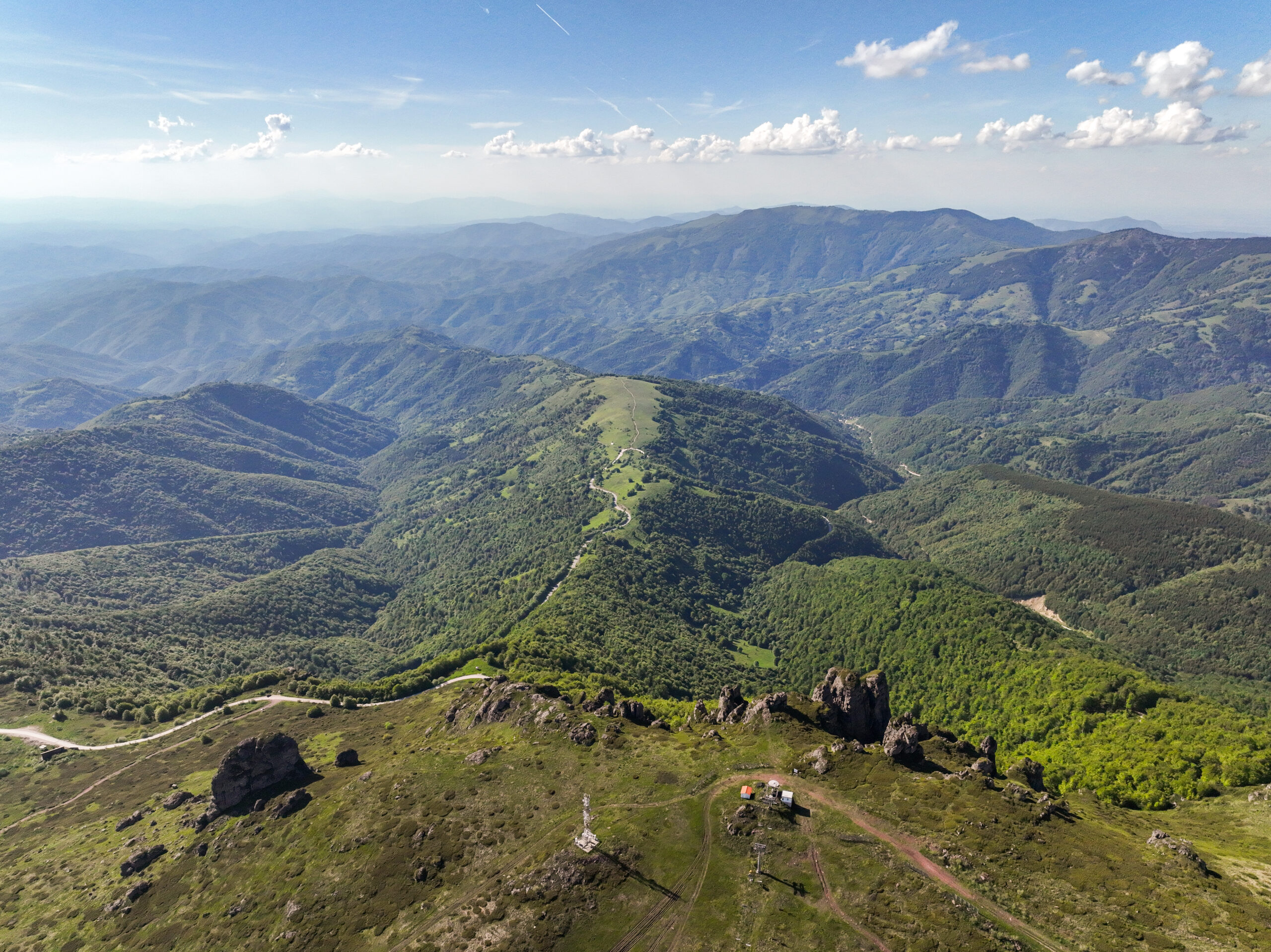
BECAUSE STARA PLANINA IS A TREASURE TROVE OF NATURE’S GIFTS
In the winter, it is mostly white and snowy, and in the spring, it turns green, rousing, fragrant, and wild. Mighty! It remains much the same through the summer. Also called the Balkans, and it forms the natural border between Serbia and Bulgaria. The slopes facing our homeland are gentler and more subdued.
Vivid landscapes overgrown with coniferous forests, spacious meadows, juicy, velvety pastures, valleys crisscrossed by countless watercourses, magical viewpoints, hidden waterfalls, sheltered caves. So pristine and nourished by crystal-clear waters, it boasts exceptional biological diversity. In terms of flora, it is one of the richest regions in Serbia. Around 1,200 plant species thrive here—115 of them endemic, many protected and endangered. The mountain shelters several strict nature reserves: European spruce, Balkan beech, Balkan maple, and home to the only site of dwarf mountain pine preserved so far. Various animals roam around this picturesque landscape and soar through its clear, open skies. It is home to the largest bird community in Serbia. With more than 200 recorded species, 150 of them nesting, it ranks among the five most important centres of ornithological diversity in Europe. By day, the mountain is graced by the colourful wings of over 100 butterfly species and the quiet presence of 30 species of mammals, including the European ground squirrel, snow vole, lynx, and bear.
It offers countless opportunities for adventure: exploring the mountain slopes on foot or by bike along well-maintained trails, riding quads, gathering medicinal and aromatic herbs, mushrooms, and other forest fruits in abundance. It also provides excellent conditions for fishing. More seasoned mountaineers will hurry to conquer one of Serbia’s highest peaks, Midžor, rising proudly to 2169 meters, while adrenaline seekers may take to the skies with paragliding. Whatever you choose, you’ll find joy in the embrace of clean, diverse, lush, and untouched nature.
The process of declaring Stara Planina a national park was initiated in 2022, though it has yet to be formalized. The area envisaged for the highest level of protection spans approximately 116,000 hectares.
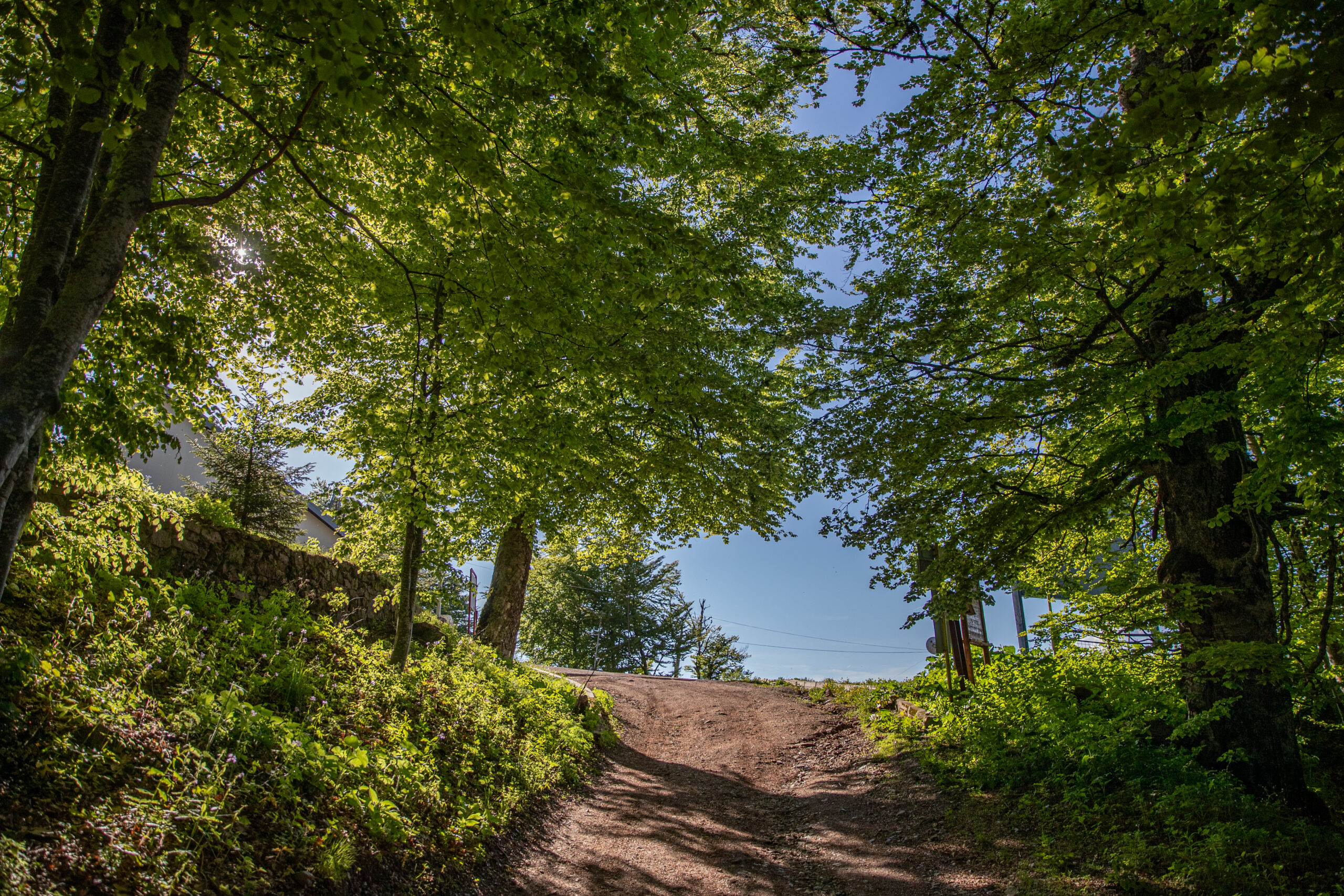
BECAUSE THE ROSOMAČA CANYON IS UNIQUE
The village of Slavinja can be reached by vehicle, and from there, the journey continues on foot. Nature, ever the master of disguise, conceals her wonders with care. A walk through several alternating groves and glades, although pleasant, feels too long. We walk briskly, impatient with anticipation. At last, we arrive at a stone platform. With wide smiles, we behold a scene straight out of a fairy tale.
The canyon of the Rosomača River was carved millions of years ago by mountain water cutting deep into the rock mass. Along its course through the gorge, at nearly 800 meters above sea level, the riverbed reveals a striking pattern of natural rungs, creating a mesmerizing series of waterfalls. At the base of the steep cliffs, the flowing water has sculpted basin-like formations, resembling cauldrons or pots. These curious shapes earned the canyon its local nickname: “Lonci” (meaning “pots” in Serbian).
The canyon is not very long, but it is remarkably unusual. Vertical cliffs rise up to 70 meters from the riverbed, appearing as though someone had patiently stacked thin stone slabs. Colourful. Veiled in moss. In truth, they have been carved by nature, with a chisel of time, since the Jurassic era. It is unique in its geological and geomorphological features. Like a kind of open textbook from which the distant, prehistoric history of our Earth can be read.
The Rosomača River is clean, clear, and icy. One of the visitors scoops a handful of water and drinks, smiling with quiet delight. A mountain tear, that’s what the people of Stara Planina lovingly call it. There is some dispute over the name of the most unusual canyon in Serbia. Some call it Rosomački Lonci, others Slavinjsko Grlo or Slavinjsko Ždrelo. The residents of two nearby villages each lay claim to it. And who could blame them? But whatever name it goes by, there is no dispute about its beauty. Surreal. Unforgettable.
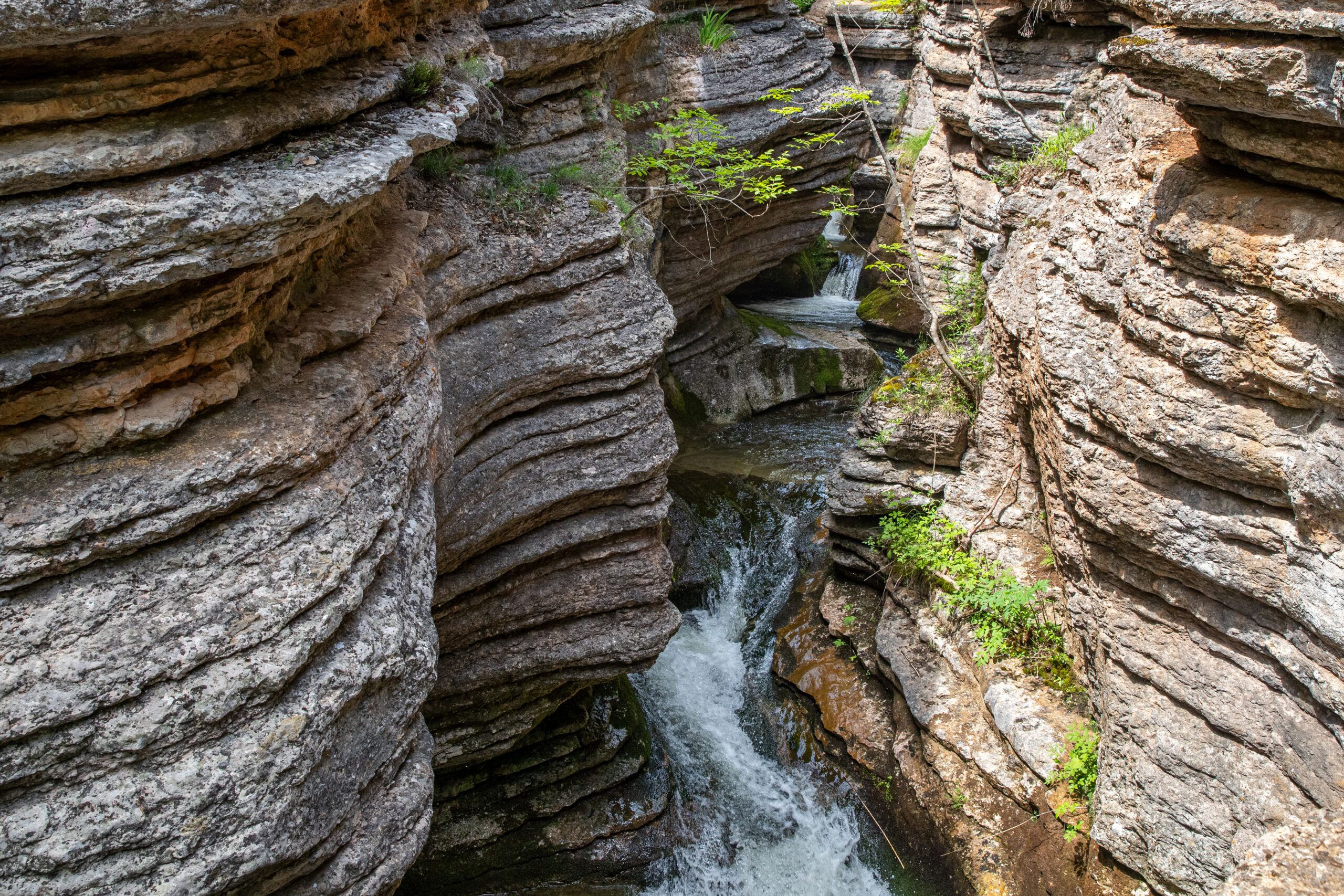
BECAUSE TUPAVICA IS A LUSCIOUS WATERFALL
About half an hour away, Stara Planina reveals yet another of its water-born jewels. Close to the road, the path leads through a grove and across a charming wooden bridge. It is one of the most accessible waterfalls on Stara Planina. Here, the murmurous Dojkinačka River plunges over reddish rocky cascades, tumbling from a height of about 15 meters. These rust-coloured stones lend the waterfall a unique and captivating charm. At this moment, the water is abundant. Tupavica is rich, full, and luxurious.
It lies within the strict nature reserve of Arbinje, renowned for its ancient spruce forest. This valley is considered one of the most beautiful river landscapes in all of Serbia.
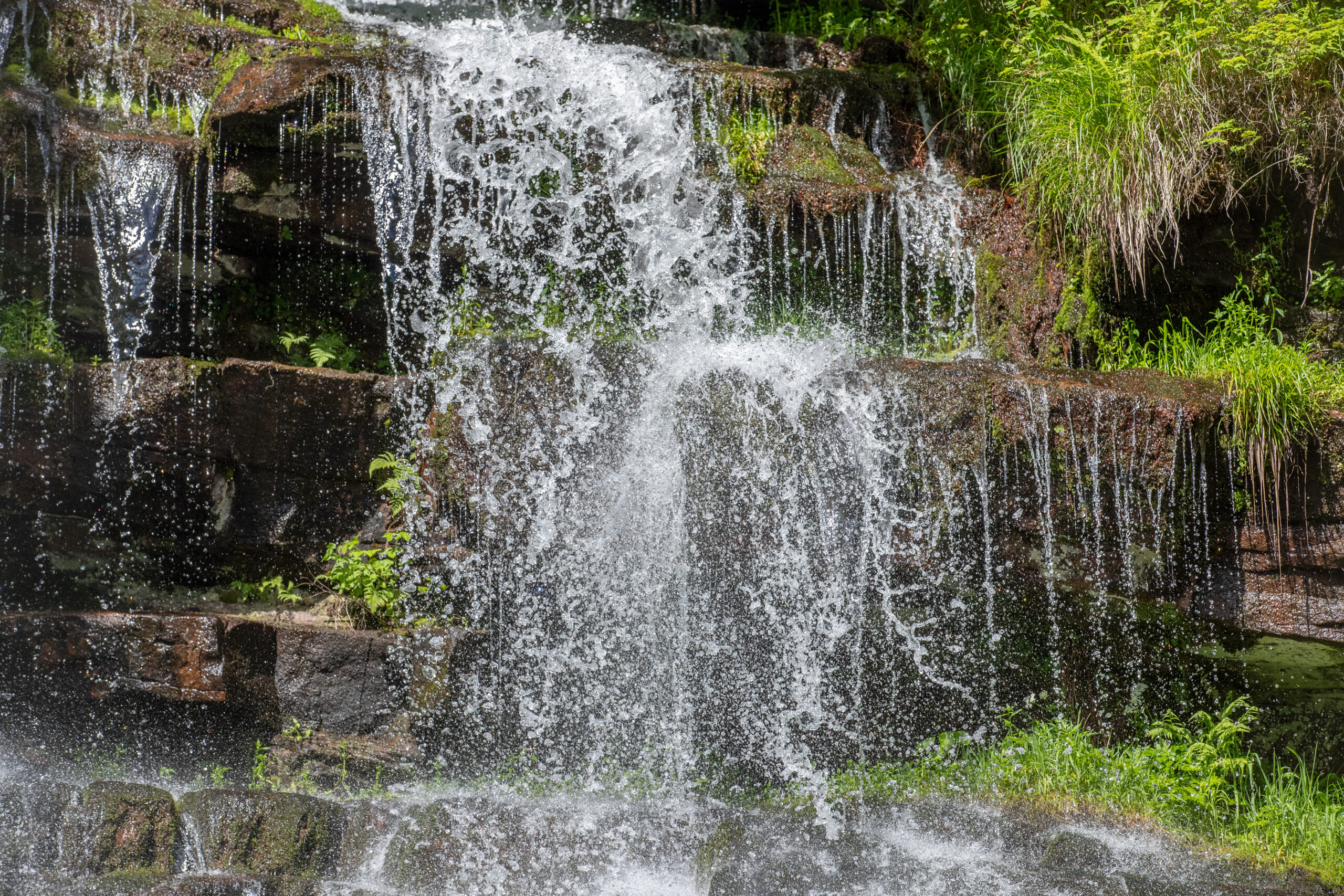
BECAUSE ZAVOJSKO LAKE WAS CREATED BY THE WILL OF NATURE
It is both a natural and artificial lake. In the winter of 1963, after days of heavy rainfall, the slopes above the Visočica River began to give way. Massive landslides blocked the river’s course, forming a natural embankment over 50 meters high. But the terrain was unstable, and fears grew that the rising waters might break through in a sudden, catastrophic flood. Swift action was taken. Instead of relying on the fragile natural dam, an artificial one was constructed – a structure that still stands today. In the process, the village of Zavoj was submerged, and the lake that emerged from this dramatic event was named in its memory.
It does not have the typical shape of a lake, instead, it stretches like a river, winding for 17 kilometres, making it one of the longest lakes in Serbia. Its waters are clear, clean, and pleasantly cool for mountain conditions. Rich in fish, it’s a beloved destination for anglers and a favourite picnic spot. Swimmers and water sports enthusiasts are drawn to its tranquil surface. Pontoons and small beaches dot the shoreline – but caution is advised, as the depth can reach up to 50 meters.
It is a greenish-blue ribbon of aquatic calm, mirroring the wild beauty that surrounds it.
